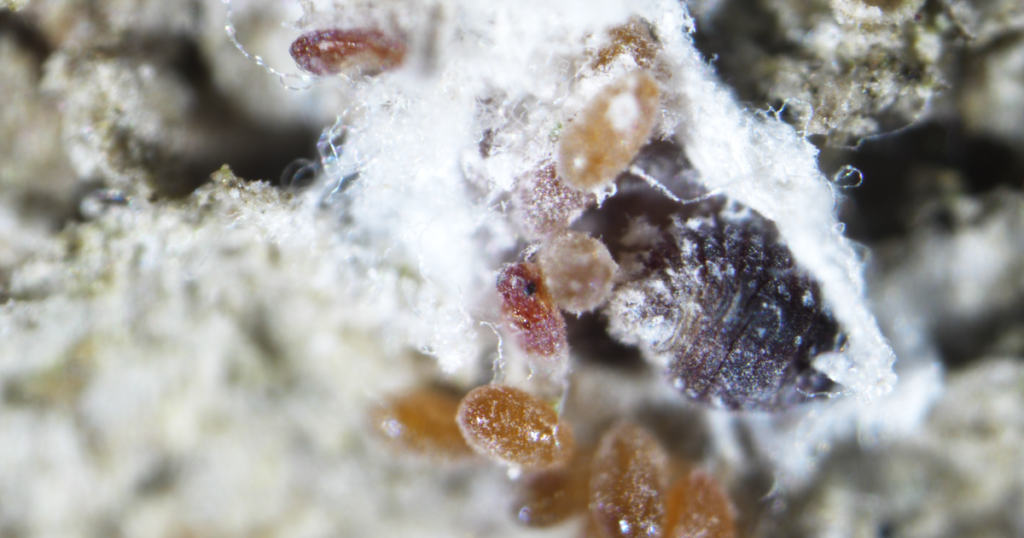Utah’s Forests Face New Threat from Balsam Woolly Adelgid Insect
Europe’s tiny insect, the balsam woolly adelgid, is now threatening the forests of Utah’s Wasatch Mountains. Despite its harmless sounding name, this minuscule creature is alarmingly destructive, laying hundreds of eggs under protective woolly-white shells.
Recent research by the University of Utah unveils the extent of damage caused by these insects. Alarmingly, it predicts an acceleration in their spread due to climate change and the resultant warming of mountainous regions.
The Growing Problem of Balsam Woolly Adelgids
“The potential future effects of balsam woolly adelgid on subalpine fir trees in our region is concerning,” warns Mickey Campbell, a research assistant professor at the University of Utah’s Department of Geography.
Originally from Northern Europe, balsam woolly adelgids have journeyed across forest floors for decades to reach the Mountain West. While European trees resist these bugs, American balsam fir trees are succumbing to their assault. These insects prefer subalpine fir trees which they started decimating in the Pacific Northwest more than a century ago. They were first detected in Utah’s Farmington Canyon in 2017.
The Effect of Balsam Woolly Adelgids on Trees
When balsam woolly adelgids attack a tree, they drain nutrients and deposit toxic saliva. According to Campbell, this combination triggers the decline of tree health. Initially, the tree’s limbs swell and needles turn yellow and red, and eventually, the entire tree dies.
“Bark beetles are known to cause speedy damage to trees, but the adelgid brings a slow and painful death,” Campbell explains. These bugs thrive in Utah’s warmer, lower elevation forests where solar radiation exposure is high. The most severe damage is seen in areas like Farmington and American Fork canyons.
However, with rising average temperatures in the Wasatch Mountains, the population of balsam woolly adelgids may also increase.
Predicting the Future Impact of Balsam Woolly Adelgids
Seven years since their detection in Utah, balsam woolly adelgids have spread across the central and northern Wasatch. To understand the extent of the problem and predict future infestations, researchers have created models using temperature data. They have achieved an 80% accuracy in predicting the severity of an infestation based on factors such as minimum spring temperature, number of frost-free days, and number of freezing days in autumn.
“This has allowed us to map the current balsam woolly adelgid presence and look into the future,” states Campbell. The study predicts an increase in the insect population if severe climate change projections come true. The lower regions of the Wasatch Mountain range are particularly at risk.
Implications for Utah’s Forests
“The Wasatch is exposed to a potential future where balsam woolly adelgids cause widespread damage in subalpine fir forests,” warns Campbell. If climate change continues to warm forests, it could result in more dead trees and increased forest fire fuels.
While there are no broad-scale solutions yet, forest managers can limit the effects of these insects by removing dead trees and promoting the growth of aspen, spruce, and white fir trees, which are resistant to balsam woolly adelgids. Despite their size and speed, with the aid of climate change, these insects are becoming a significant threat to Utah’s forests.
Original Story at www.sltrib.com
